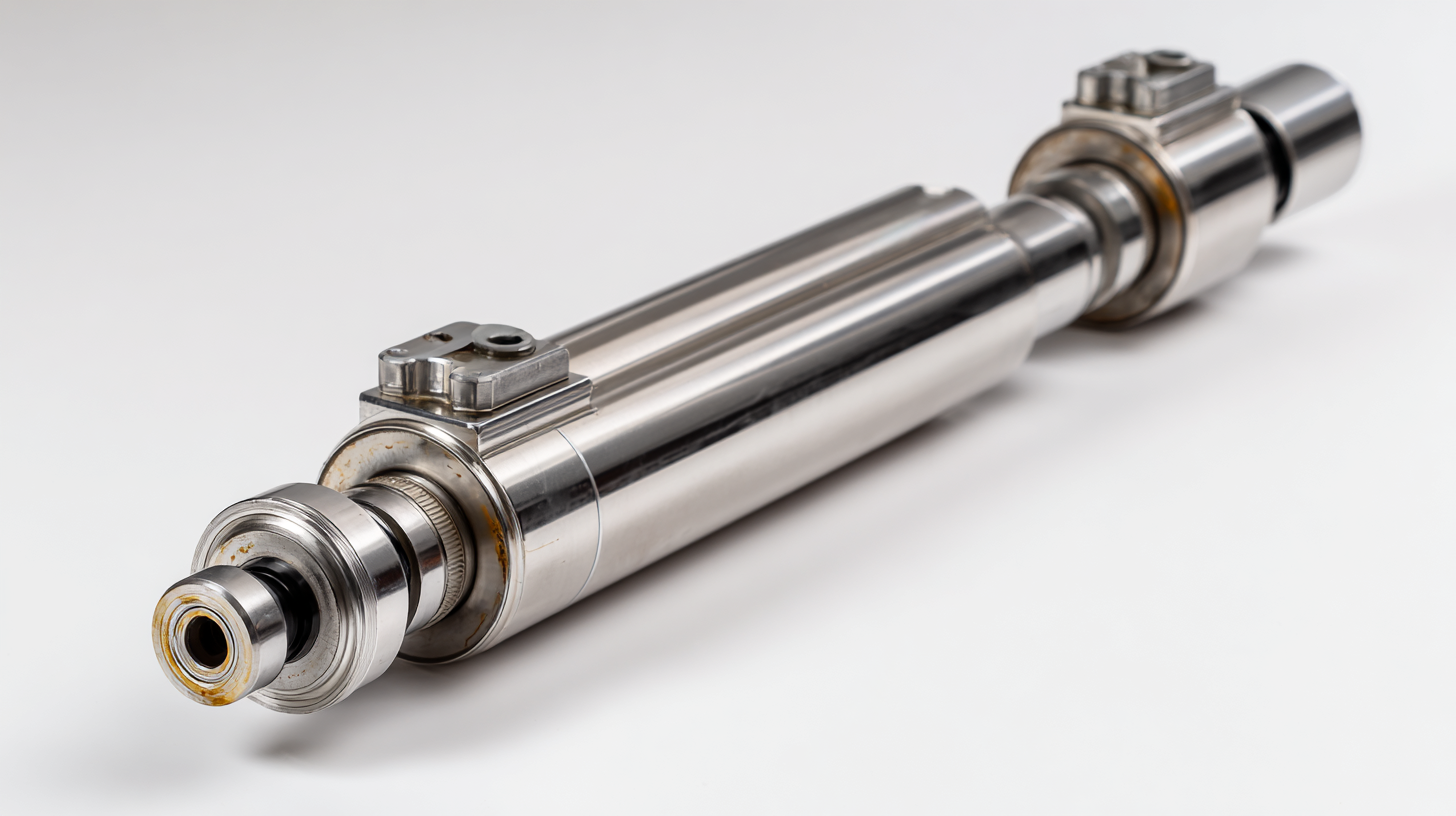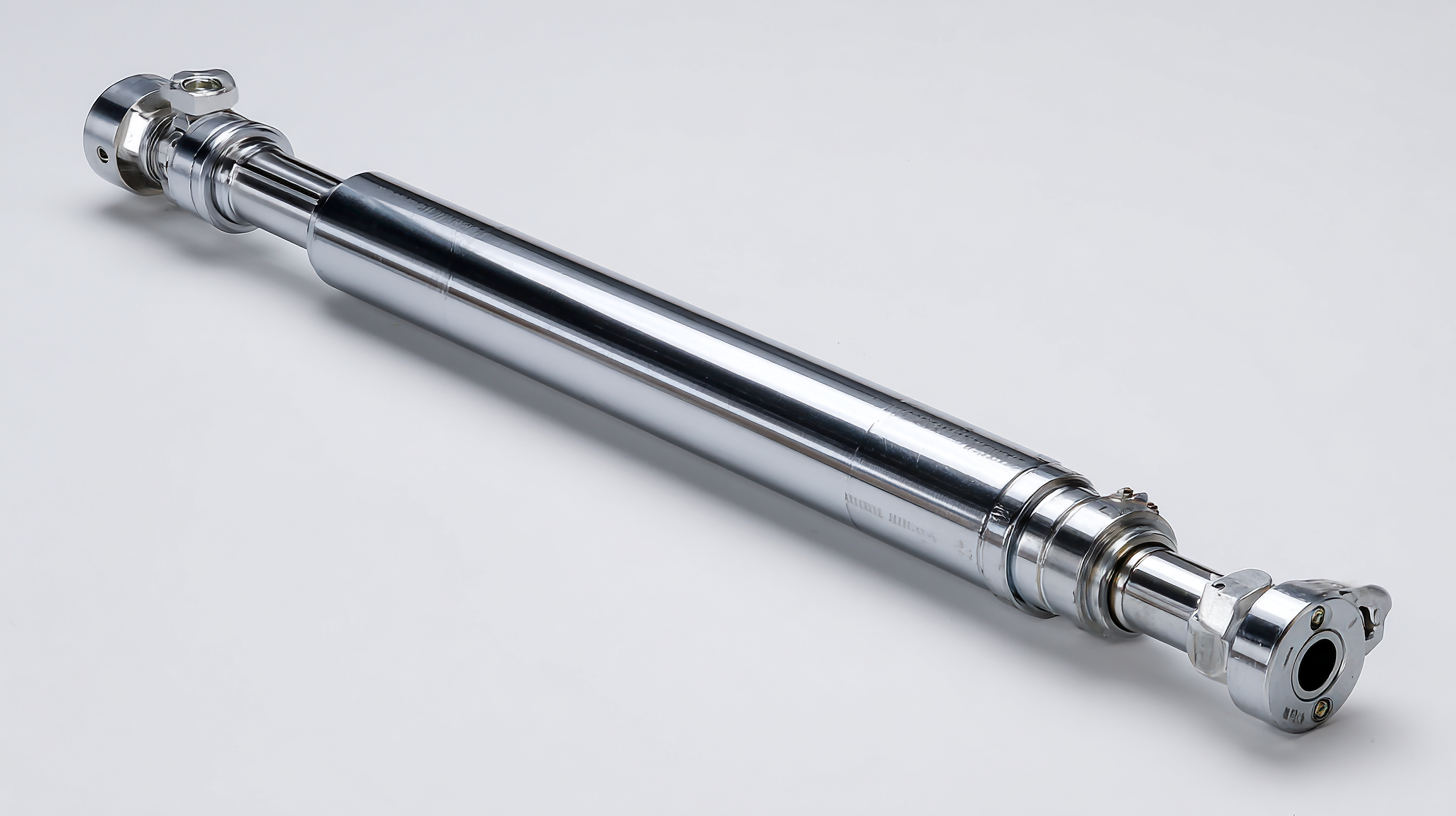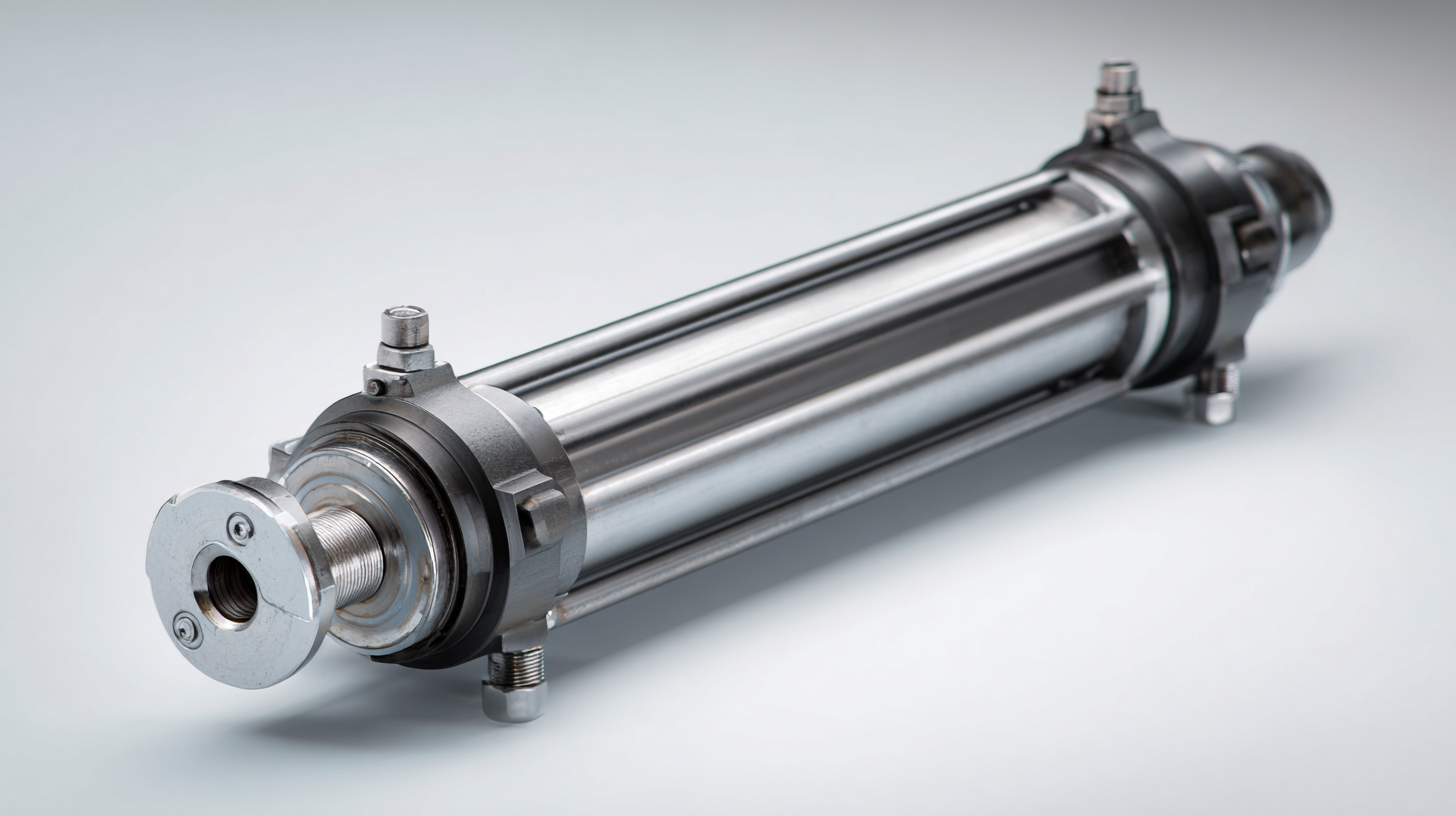International Fluid Power Inc.
International Fluid Power - Innovative Partners For Global Sourcing Of Fluid Power Products. Your Complete Hydraulic Source in SE Minnesota.
INTERNATIONAL FLUID POWER, INC.
Ultimate Guide to Choosing the Best Telescopic Cylinder for Your Needs
In the realm of hydraulic systems, the Telescopic Cylinder stands out as a vital component, widely utilized across various industries including construction, transportation, and manufacturing. According to a report by MarketsandMarkets, the global hydraulic cylinder market is projected to reach USD 20.3 billion by 2025, with a significant segment driven by the increasing demand for telescopic solutions in heavy machinery.

These cylinders offer unparalleled efficiency in space-saving designs, allowing for extended reach and load handling capabilities that are critical in applications such as dumps trucks and aerial work platforms. As industries continue to evolve, selecting the right Telescopic Cylinder becomes crucial for optimizing performance and ensuring safety in operations.
This guide aims to navigate through the essential factors to consider when choosing the best Telescopic Cylinder tailored to your specific needs, backed by insights from industry data and expert recommendations.
Understanding Telescopic Cylinders: Key Features and Benefits
When considering a telescopic cylinder, understanding its key features and benefits is crucial for selecting the right one for your needs. Telescopic cylinders are widely used in various applications, from construction equipment to agricultural machinery, primarily for their ability to extend and retract in compact spaces. These cylinders deliver significant power in a relatively small footprint, making them ideal for tasks requiring considerable force without sacrificing maneuverability.
One of the most important features to evaluate is the cylinder’s construction material. High-quality materials not only enhance durability but also resist wear and corrosion, ensuring a long service life. Additionally, pay attention to the cylinder's stroke length and bore size; these dimensions will largely determine the lifting or pushing capacity. Choosing the right specifications tailored to your application will maximize efficiency and performance.
Tip: Always consult the manufacturer's guidelines and specifications before purchasing. Accurate measurements and understanding the operational environment can make a significant difference in performance. Additionally, consider the maintenance requirements and service availability in your area to ensure your telescopic cylinder remains in optimal working condition.
Different Types of Telescopic Cylinders and Their Applications
When it comes to selecting the right telescopic cylinder for your applications, understanding the different types available is crucial. Telescopic cylinders are commonly used in various industries, such as construction, agriculture, and manufacturing, due to their ability to provide high force in a compact form. Some popular types include single-acting, double-acting, and multi-stage cylinders, each suited for specific tasks. For instance, single-acting cylinders are effective for lifting applications, while double-acting cylinders offer better control for both extension and retraction.
When choosing a telescopic cylinder, consider the load capacity and stroke length required for your task. Additionally, pay attention to the operating pressure and environmental factors that may impact the cylinder's performance. It’s essential to choose materials that can withstand the conditions of your particular workspace, ensuring durability and longevity.
**Tips:** Always perform regular maintenance checks to ensure optimal performance. Assess the compatibility of the cylinder with existing machinery to avoid installation issues. Lastly, consult with a professional to customize the specifications to meet your unique needs effectively. Investing time in choosing the right telescopic cylinder can lead to improved efficiency and productivity in your operations.
Factors to Consider When Choosing a Telescopic Cylinder
When choosing a telescopic cylinder, there are several key factors to consider to ensure you select the best option for your specific needs. First and foremost, assess the load capacity required for your application. Telescopic cylinders come in varying sizes and strength levels, so understanding the weight and force that will act on the cylinder is crucial. Additionally, consider the working environment, including any exposure to harsh conditions such as extreme temperatures, chemicals, or moisture, which can affect the performance and longevity of the cylinder.

Another important factor is the stroke length. Depending on the height-adjustment needs of your machinery or equipment, you will want to choose a cylinder that offers the appropriate stroke length to accommodate your operations. Furthermore, examine the speed and cycling requirements; some applications may require quicker deploy times, while others can afford slower, more controlled actions. By thoroughly evaluating these elements, you can make a more informed decision and ensure that your telescopic cylinder meets your operational demands effectively.
The Importance of Quality and Reliability in Telescopic Cylinder Manufacturing
When it comes to telescopic cylinder manufacturing, quality and reliability are paramount. According to a recent report by MarketsandMarkets, the global market for hydraulic cylinders is projected to reach $10.22 billion by 2025, growing at a CAGR of 4.5%. This growth underscores the increasing demand for high-performance equipment across sectors such as construction, agriculture, and material handling. A well-manufactured telescopic cylinder not only enhances operational efficiency but also ensures safety and decreases the likelihood of failure during critical tasks.
The importance of selecting a telescopic cylinder from a reputable manufacturer cannot be overstated. A study by Technavio indicates that cylinders made with superior materials and precision engineering exhibit significantly lower rates of failure. In fact, it was found that quality cylinders can reduce maintenance costs by up to 30% over their lifespan. Investing in reliable products not only leads to substantial cost savings but also guarantees uninterrupted performance, making it essential for businesses to prioritize quality in their purchasing decisions.
Maintenance Tips for Prolonging the Life of Your Telescopic Cylinder
When it comes to maintaining the longevity of your telescopic cylinder, regular maintenance is paramount. Just like the Hubble Space Telescope, which is currently being considered for orbital boosts to extend its operational life, your telescopic cylinder can benefit from a consistent care routine. Start by keeping the cylinder clean and free from debris that can cause wear and tear. Regularly inspect the seals and joints for leaks and damage, as these components are crucial for the efficiency of the system.
In addition to cleanliness, lubrication is essential for smooth operation. Use the appropriate lubricants to minimize friction and prevent corrosion. Furthermore, make it a habit to check the hydraulic fluid levels regularly and replace them as needed, ensuring that your cylinder operates at peak performance. By following these maintenance tips, you will not only enhance the functionality of your telescopic cylinder but also significantly prolong its lifespan, much like the ongoing efforts to elevate and extend the life of iconic instruments in space.

You Can Find International Fluid Power Here:
Search For:
Footer #4 Widget
This is an example of a widget area that you can place text to describe a product or service. You can also use other WordPress widgets such as recent posts, recent comments, a tag cloud or more.
© 2025 International Fluid Power, Inc. All Right Reserved.